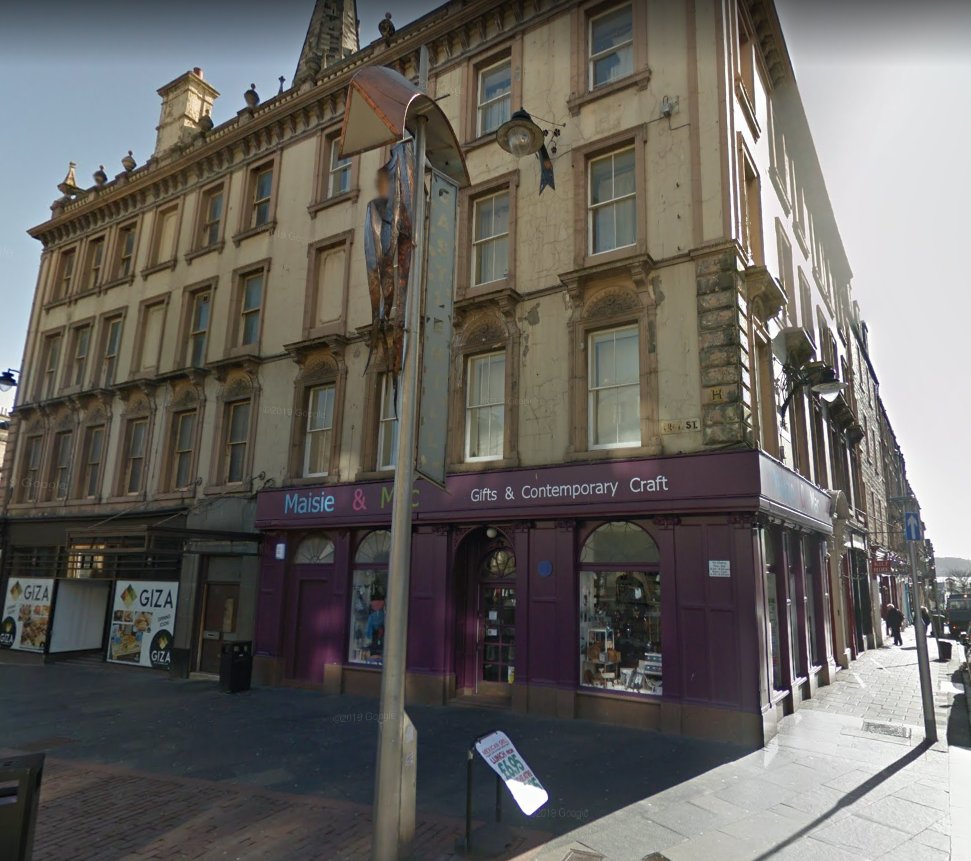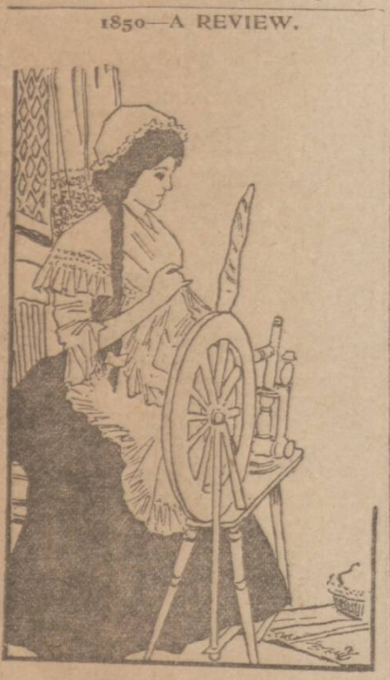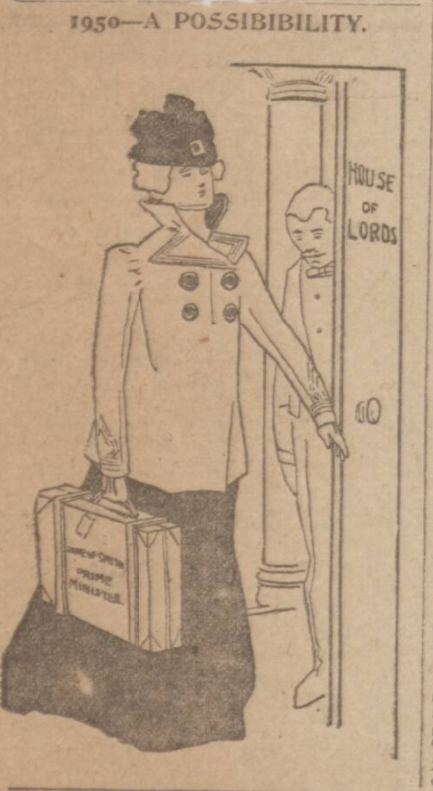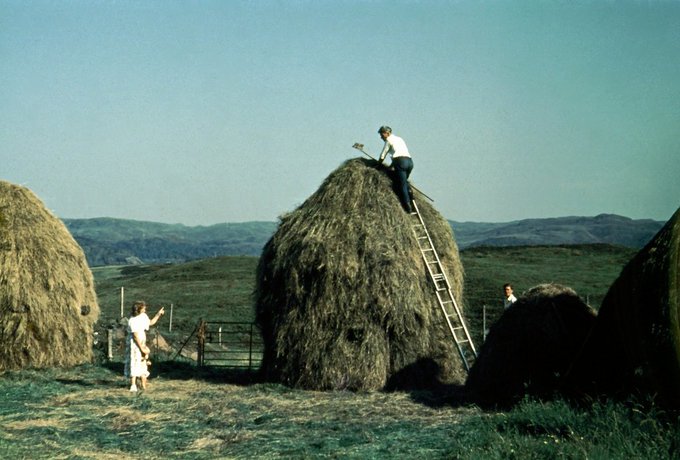On the 12th October 1886, the Maud, captained by William Adams pulled into King William Dock in Dundee after a hard 8 months of whaling around the Davis Strait. In addition to the sundry sea mammals they had captured, on board were 30 survivors from the Trinne, a fellow whaler which had been crushed in the ice and a young Inuit man 1(I use Inuit as an adjective and plural noun, Inuk is singular) named Urio Etwango. 2This is how his name was transliterated by reporters. Surnames were not traditionally used by the Inuit so I write his name in full.

Urio Etwango (also transliterated as Ooriaoo Etwanga) was from Aggijjat (formerly Durban Island) in Nunavut, Canada and was to spend the winter of 1886-7 in Dundee with Captain Adams and his family.

Urio Etwango’s arrival in the city was reported on in the papers and it was remarked that he was the third Inuk to have been brought to Dundee.3Dundee has a problematic history of “exhibiting” indigenous peoples that visited the city, which nowadays we would refer to as a “human zoo” (https://www.scotsman.com/regions/dundee-and-tayside/forgotten-inuit-human-zoo-dundees-whaling-past-1487870) Captain Adams gave a series of lectures in and around Dundee over that winter and Urio Etwango was brought along to fundraisers, galas, and speaking events where he was to put on “demonstrations” of his traditional way of life. Venues included New Hall, Kinnaird Hall, and the Dundee West Poorhouse.
At one lecture, Adams explained that Urio Etwango had approached him and requested to be taken to Scotland for the winter when the Maud returned to Dundee. Adams explained that he “agreed, but on the stipulation that [Urio Etwango] was not to taste intoxicating liquors nor smoke, and that he must be biddable and do all he could to improve himself.” The rest of the lecture (and narrative in almost all the newspaper reports about Urio Etwango) was that the lands on the west of the Davis Strait “lacked civilization and Christianity” and that Captain Adams was doing laudable work on “improving” Urio Etwango in the hopes that he would return home as “an example to his neighbours”.

We don’t know what Urio Etwango’s own motivations were in coming to Dundee; the relationship between Urio Etwango and Adams often appears to have been exploitative, but he clearly made good connections with some Dundonians. At one event after performing songs and dances from his home, he asked a box player to play and danced along. After asking where he could get a melodeon to take back to his wife a Mrs Blyth-Martin of Newport got one for him. He enjoyed learning English and teaching Inuktut to anyone who asked.
Did an Inuit man paddle up the Tay?
On a Saturday afternoon on 30th October 1886, Urio Etwango’s kayak appeared out from Dundee’s Tidal Basin and gave “illustrations of canoe paddling and the mode of seal hunting practised by his countrymen” to throngs of Dundonians that packed the esplanade. To demonstrate how seals were hunted at a distance he threw his ivory-tipped spear at boxes that had been thrown into the water. The crowd standing on the esplanade were wowed by his accuracy (apparently he never missed). He then headed upstream so that everyone lining the esplanade could see him and went as far as the Tay Bridge. He came ashore at 4pm at the boatshed.
After his paddle up the Tay, he was pressed to give a repeat performance. The November weather was too bad to paddle the tay again, so the following Saturday, 2,000 people crowded round the skating pond in Claypotts Park in West Ferry to see Urio Etwango throw spears and floating boxes. The Dundee Courier described his kayak: “ [it is] different from that used by Eastlanders [Greenlanders], it being constructed to carry[…] his wife sitting behind and a child in front[…]the Eastlander’s canoe only carries one person.

From all of his public appearances with Captain Adams, Urio Etwango collected about £17, which he used to buy a rifle, a shotgun, and ammunition. He was given various tools that were though would “prove handy to him in Greenland”. A minister gave him a prayer-book. The Maud left Dundee 12th March 1887 for Greenland. On the 16th it arrived in Lerwick and here Urio Etwango again gave a demonstration of “canoe practise”. He was photographed by J.D. Ratter in Lerwick Harbour. The Shetland Museum and Archives has three photographs of Urio Etwango in their collections.

Urio Etwango’s wife loved her new melodeon and played “There’s nae Luck aboot the Hoose” and “The Keel Row” (to the astonishment of the Dundonians). She had learned to play concertina when their family stayed near American settlements on the Cumberland Gulf. She and other women were given “gaudy petticoats”. It was reported that Urio Etwango asked Captain Adams if he could return to Scotland the following year with his wife and child, though he never did.
In September 1889, Captain Adams tried to find Urio Etwango and his tribe but reluctantly had to leave soon after arriving due to bad ice conditions.

I havent found what became of Urio Etwango after he returned home. Captain Adams made his last whaling trip to the area in 1890 but died on the return journey in Caithness.
Postscript
This was a fun story to research and I thank Julie Cumming for the tip. The newspaper articles about Urio Etwango were rife with the racist and colonialist language that you might expect of the Victorian era. I left out anything I thought unreliable (i.e. heavy colonialism, Christian saviourism etc.) due to the way it was reported. If anyone knows anything about Urio Etwango or his paddle on the Tay, let me know!
References
Buchan and East Aberdeenshire Observer (15/Mar/1887, pg.2; 16/Sep/1887, pg.3)
Dundee Evening Telegraph (1/Nov/1886, pg. 3; 9/Nov/1886, pg.2)
Dundee Courier (8/Nov/1886, pg.3; 12/Jan/1887, pg.2; 24/Jan/1887 pg.2; 12/Sep/1889, pg.3)
Scott Polar Research Institute. “Adams, William (Snr.) (d.1890)” https://www.freezeframe.ac.uk/resources/adams-william-snr. Accessed 2/Mar/2021















